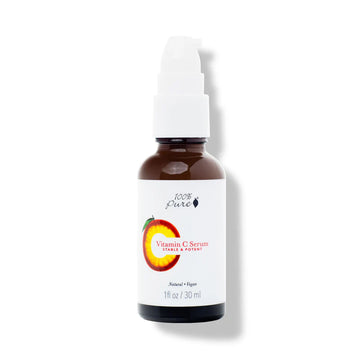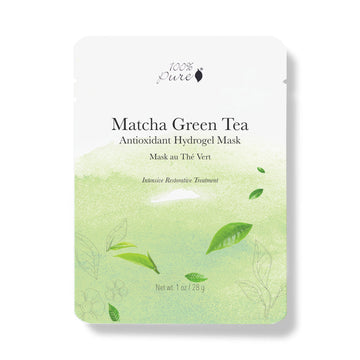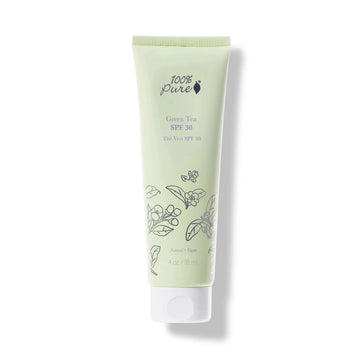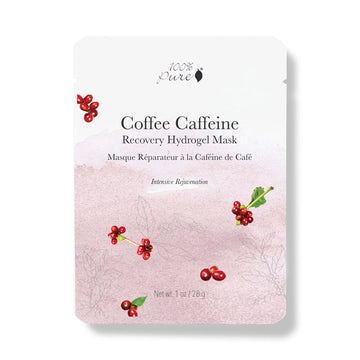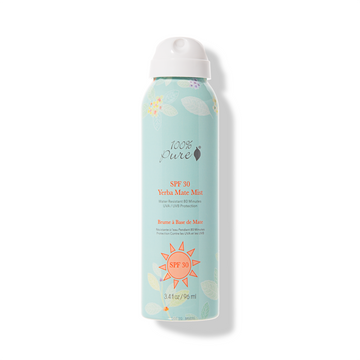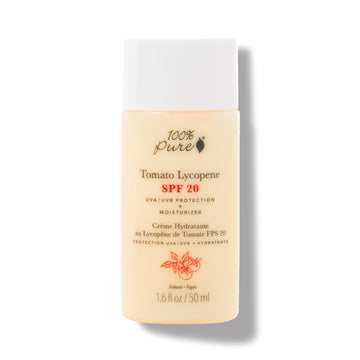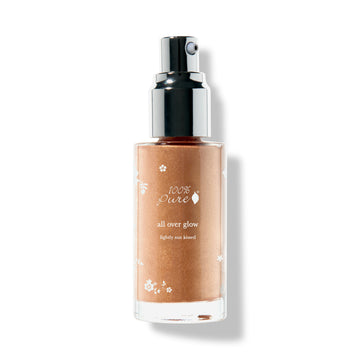When it comes to choosing the right sunscreen, SPF ratings and UV-fighting ingredients could make or break your sun protection efforts
Written by: 100% PURE®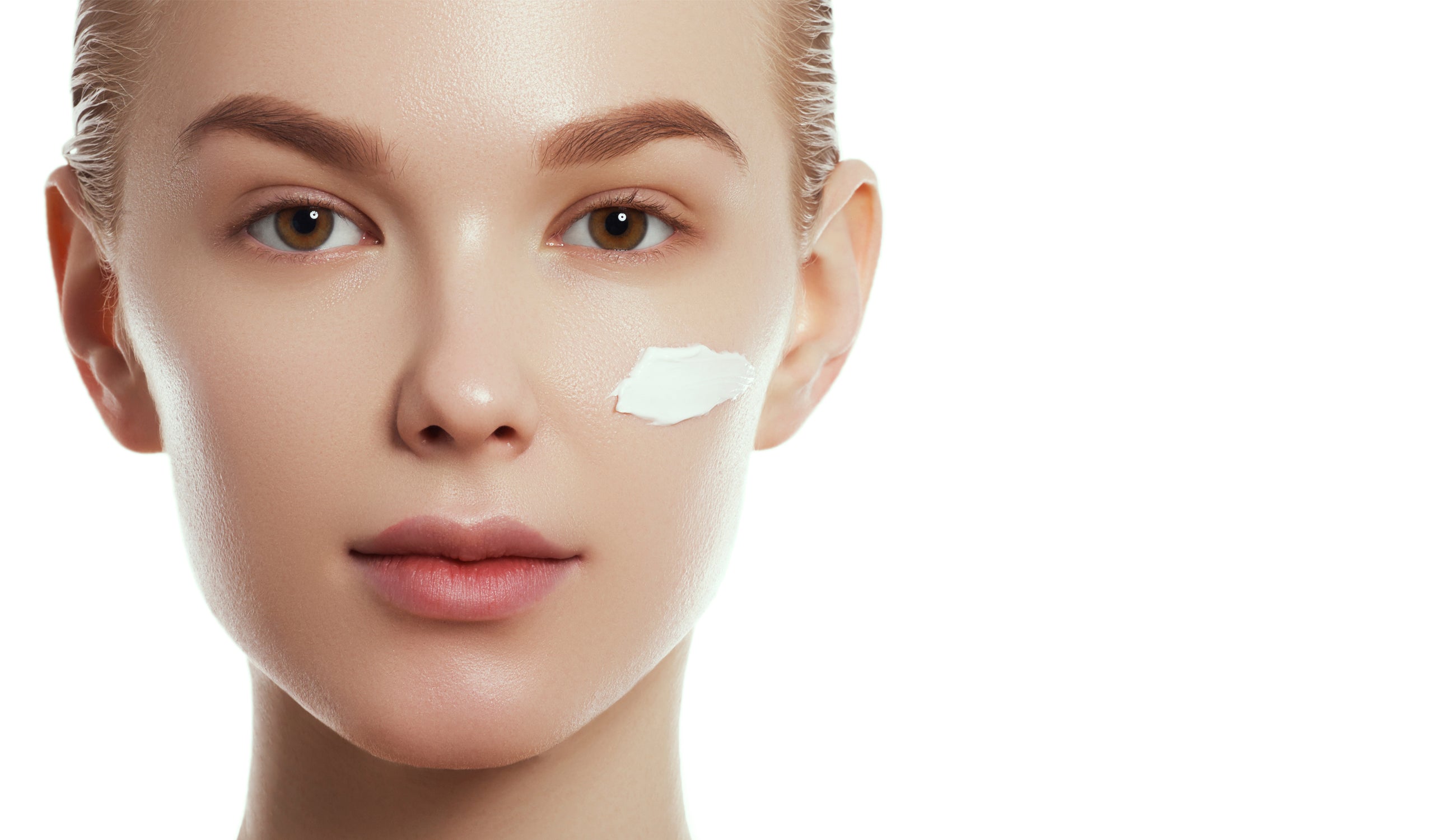
With summer around the corner, it’s time to get serious about sun-protection! That means big floppy hats, extra big shades, and seriously amped up skin care.
It’s essential to make sure you’re copping the right kind of pre and post sun care products, and the first step is wising up about what kinds of ingredients are out there. It’s easy to get thrown off track with a beauty market that’s flooded with cheap formulas, most which won’t adequately protect you from strong summer rays. The wrong kind of sunscreen will leave you with the dreaded, greasy film, clogged pores, and inadequate protection – the wrong kind of summer moisturizers and soothers will leave you shiny and/or irritated.
Luckily, there’s a stellar range of plant-based and natural SPF ingredients popping up, plus complementary ingredients that play nice with sunscreen and round out formulas with other skin benefits. At 100% PURE™, we have a few all-star favorite ingredients that are featured in some of our hardest working sun protection and treatment formulas. We’ll introduce you to our faves, our “no” list, and more must-know facts about sunscreen spf ingredients!
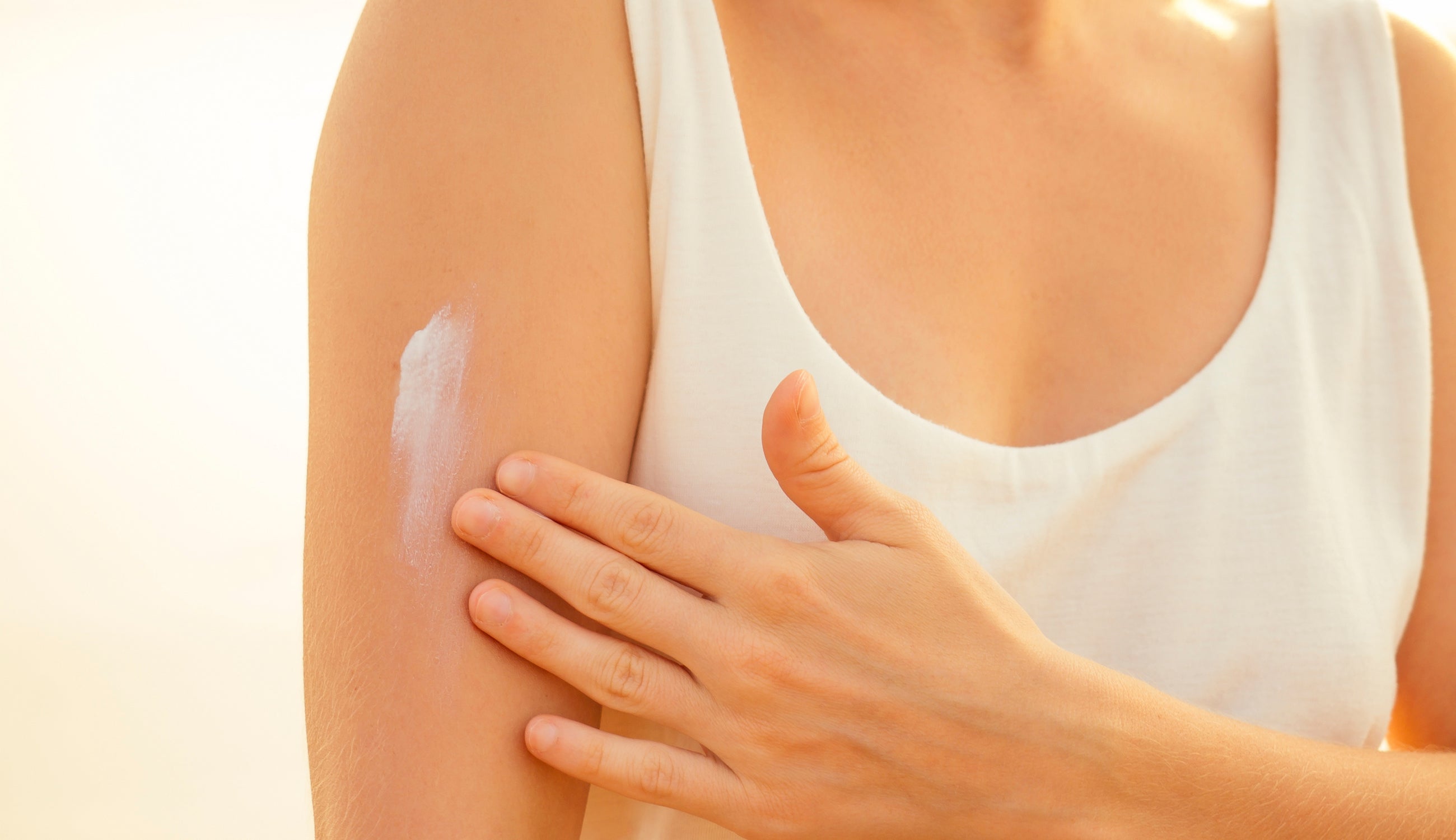
First, let's talk SPF. SPF, or “sun protection factor”, is the standardized measurement of how long and how effectively a given sunblock will protect your dermis from UV rays. With a high enough SPF, a product will adequately provide protection from UVB (burning) rays. This means circumventing symptoms like reddening, skin heat, and flaking, as well as internal risks like damaged collagen and elastin tissues, and cellular mutations which can lead to skin cancer.
The SPF number rating represents the amount of time that the formula should protect you in the sun. For example, an SPF 20 product will protect your skin from UVB rays for 20x the length of time it would normally take your skin to burn. This alone should tell you that your skin type plays a factor in what kind of SPF rating you need: if you have delicate skin (as babies do) or fair skin, you’re likely to burn faster than someone with darker or more weathered skin, which would mean you’d need a higher SPF rating to stay in the sun for longer. Therefore it’s important to consider two things when determining your SPF needs: first, duration of sun exposure, and second, your skin type.
A key point to keep in mind: SPF should only be one part of your sun protection strategy. Pair it with protective clothing, a good moisturizing routine, and a willingness to abandon your bronze goddess tan for the next best thing (a pretty plant based bronzer). And remember, sunscreen SPF can come from a variety of ingredients – some better for your skin, others not so great.
While 100% PURE™ uses only mineral sunblocks, most conventional formulas use chemical sunblocks. These will typically contain a combination of oxybenzone, avobenzone, octisalate, octocrylene, homosalate, and octinoxate. Several studies have revealed that these chemical combinations can mimic hormones when absorbed into the bloodstream. This is what they’re designed to do, thanks to the presence of “absorption enhancers” that make molecules small enough to enter into your deepest epidermal layers. This points to a variety of health risks, ranging from hormonal and thyroid disruption to increased risk of certain types of hormonal cancers.
The takeaway? Stick with mineral based sunblocks, and plant-based alternatives.
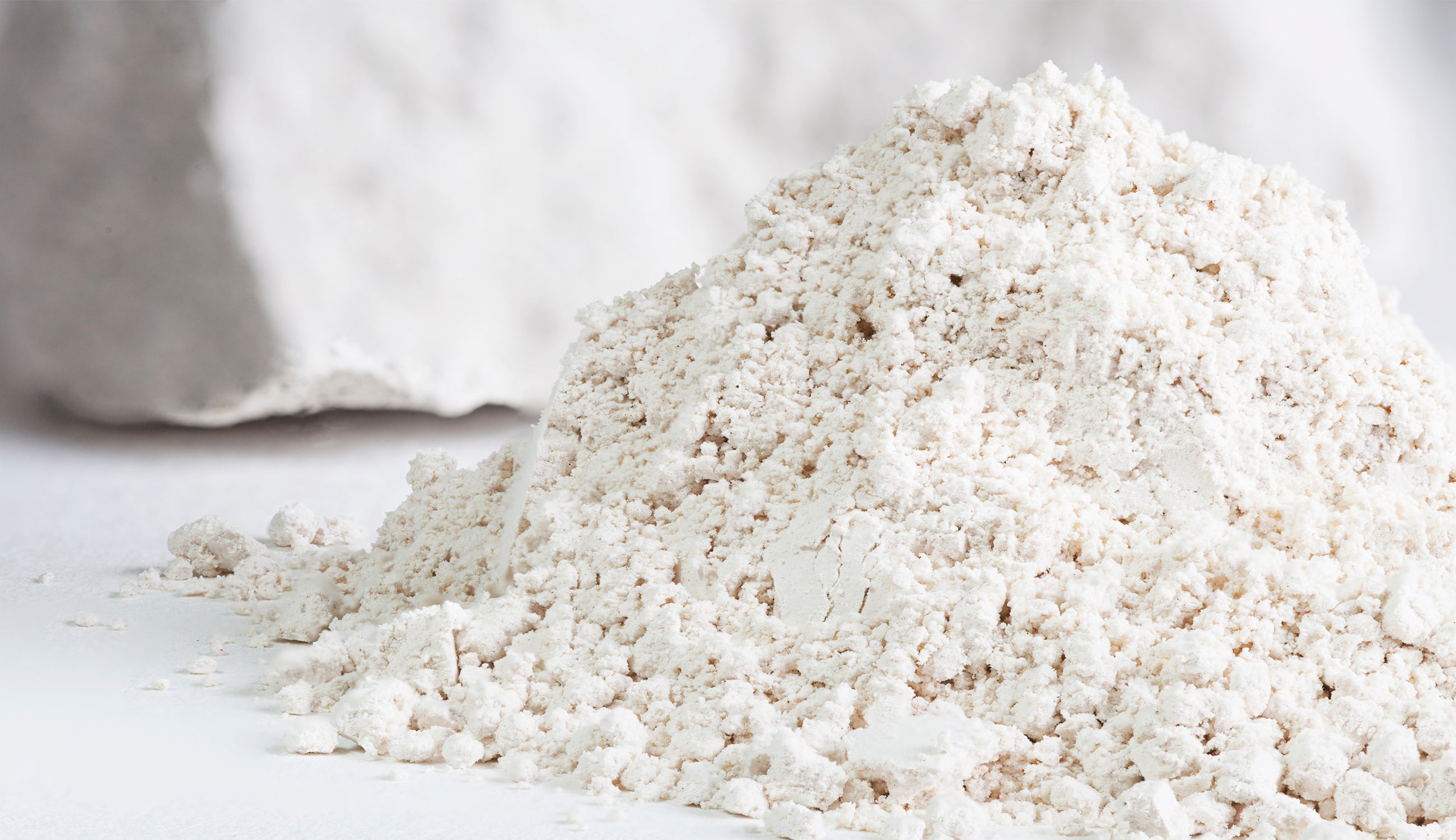
Zinc oxide is one mineral skin protectant that can be incredibly effective at keeping your epidermis shielded from UV rays. It’s derived from zinc, a naturally occurring element found in nature, which is combined with oxygen molecules and vaporised to create the final composition. Together, the elements produce a fine white powder, which when applied topically, coats the outer layer of your skin, providing protection from elemental stress and oxidative damage. The result? A naturally derived ingredient which provides broad spectrum protection from burning and skin cancer, and is safe to use on even photosensitive skin. Natural sunscreens made with zinc oxide as their key sunblock ingredient are also considered reef-safe!
PRO TIP:Our Green Tea SPF 30, Yerba Mate SPF 30 Mist, and Tomato Lycopene SPF 20 Moisturizer all feature zinc oxide as their key ingredient!

Titanium dioxide is another skin loving mineral option that can often be found paired with Zinc oxide in natural sunblock formulas. It’s an active mineral ingredient, which sits on the outermost layer of your skin, providing a physical barrier that adequately protects against both UVA and UVB rays. However, if you plan on swimming in natural bodies of water like the ocean or rivers, it’s best to avoid titanium dioxide since it isn’t considered reef-safe and has a tougher time biodegrading. Still, you’ll be just fine using sunscreens with natural titanium dioxide in the pool or during outdoor activities.
PRO TIP: Our Everywhere Body Stick and pocket-size Everywhere Sun Stick provide super opaque coverage against sun damage, and are ideal for on-the-go protection during daily activities like driving, visits to the park, or neighborhood walks.

In addition to these more standard natural SPF options, there are a variety of plant-derived options that can amp up your protection. Growing evidence is mounting to suggest that tomato lycopene is one piece of the SPF puzzle. Lycopene is the antioxidant responsible for the vivid red color in tomatoes, and studies have found that topical application and ingestion protects skin from sunburn, and also reduces the severity of damage at the cellular level. It becomes even more effective when combined with a variety of plant and fruit oils, like almond oil, coconut oil, red raspberry seed oil, and carrot oil.
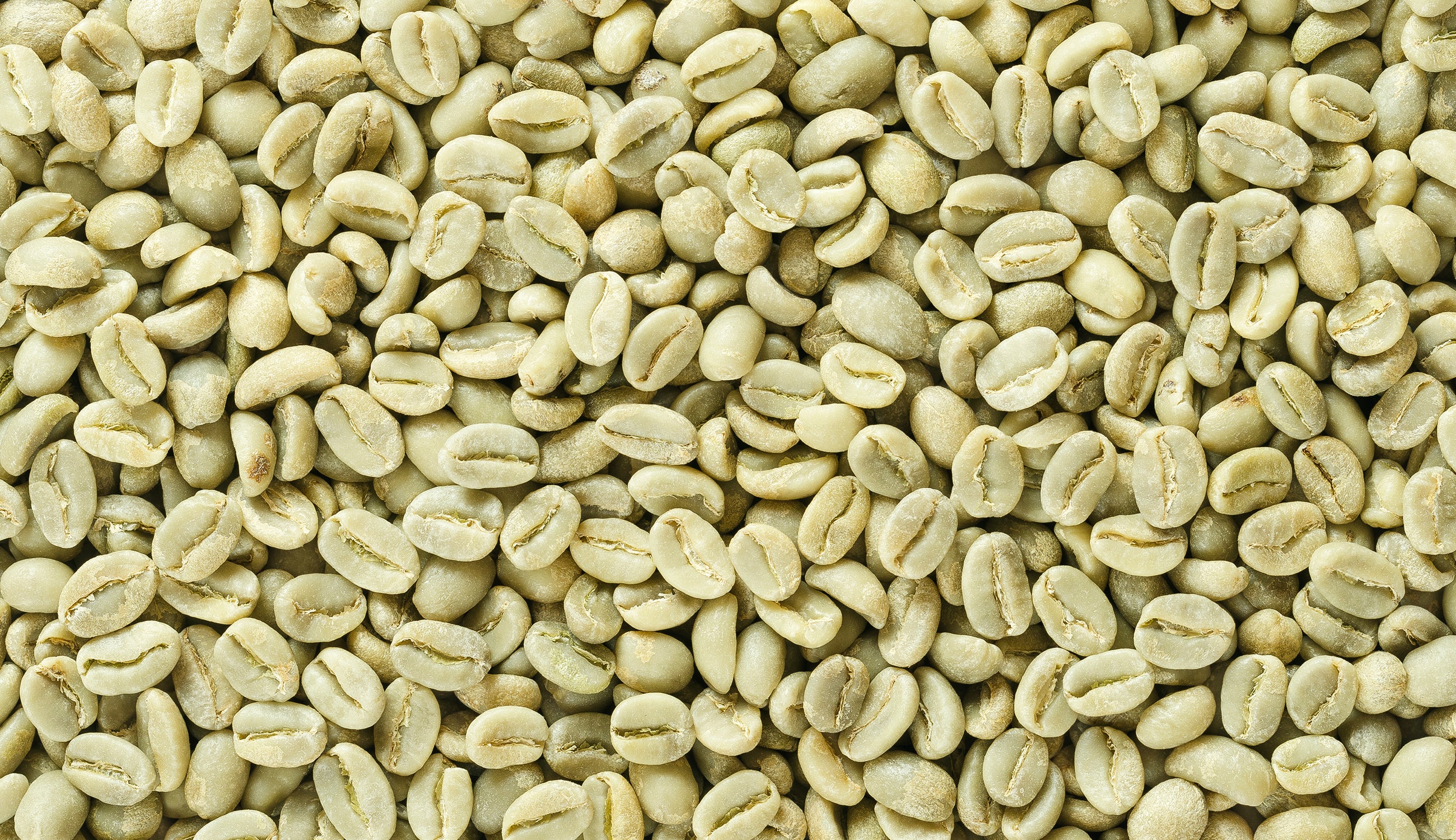
No matter how diligent you are at sunblock application – or how enormous your hat is – chances are that at one point this summer, you’ll need to do a little bit of damage control. Our go-to post sun exposure ingredients are caffeine and aloe – even better if you combine the two!
Caffeine found in natural coffee and matcha extracts boasts ultra effective anti-inflammatory properties that enhance blood circulation, reduce redness, and dial back expanded blood vessels, which can be a side effect of sunburns. Topical application of caffeine acts as a blood vessel constrictor, meaning reduced redness and more efficient fluid drainage. The antioxidants present in coffee can also protect your skin against free radical damage, so it can be a smart move to apply a caffeine based cream or serum before you head outside, as well as after.
PRO TIP: Try our hydrogel Caffeine Mask to soothe redness after sun exposure, while replenishing lost hydration.
Aloe vera is a tried and true post-sunburn ingredient and a perennial beach bag staple. It’s been used for thousands of years, with its naturally occurring gel consistency full of hydrating polysaccharides and phytosterols which soothe itching and irritation. It’s also a super mineral rich ingredient, boasting high levels of Vitamins A, B, C, D, and E. This means that it’s the perfect option to re-feed suffering skin that has been stripped of moisture and nutrients after high levels of exposure. A burn is effectively a skin injury that results in damage to the natural moisture barrier, and aloe can help replenish this barrier and build it back up again.
PRO TIP: Both our Green Tea Water Bomb Mask and Vitamin C Serum contain high amounts of aloe vera, and are beneficial for soothing and rejuvenating skin post-sun exposure.
The quick and dirty? Plant based and mineral derived sunscreen/ SPF ingredients are the way to go. To help minimize damage after exposure, make sure your aftercare routine is religious (whether or not you’ve gotten any color).
Keep up with us here for more summer skin guides!
- Tags: Bath Body Hair, May-2019, Skin Care, skincare
We carefully hand-select products based on strict purity standards, and only recommend products we feel meet this criteria. 100% PURE™ may earn a small commission for products purchased through affiliate links.
The information in this article is for educational use, and not intended to substitute professional medical advice, diagnosis, or treatment and should not be used as such.













